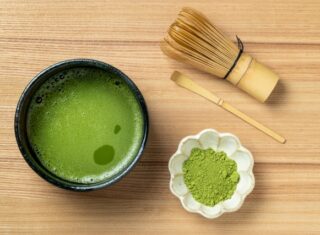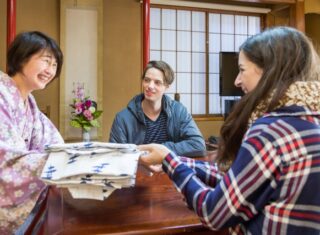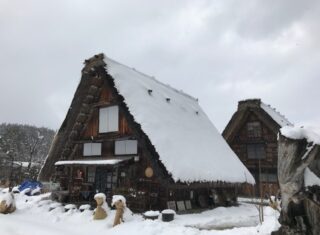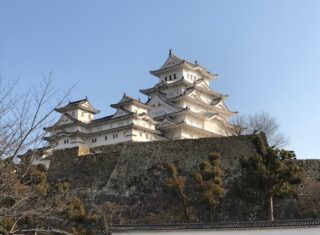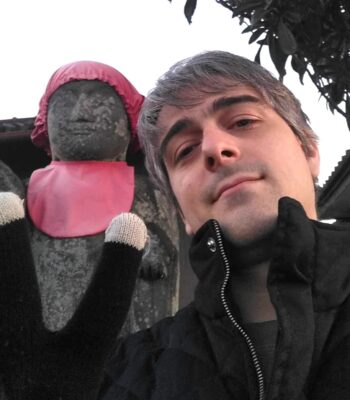- Learning Japanese
- Japanese Culture
What Were Ninja—Really? History, Tactics, and Hands-On Experiences
2025.09.29
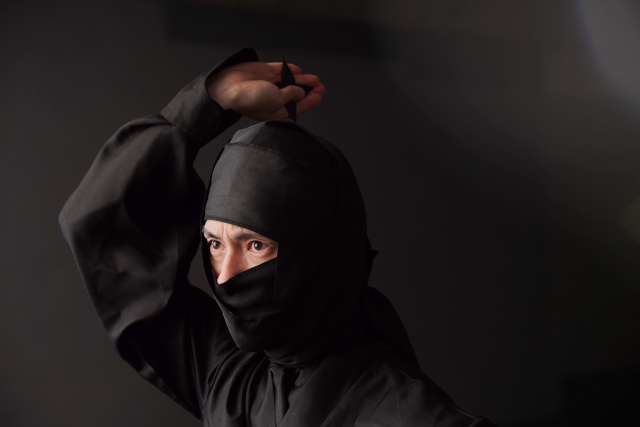
Many people wonder: “Did Japanese ninja really have superhuman abilities like in movies and anime?” or “What kind of people were the real ninja?”
Ninja—often imagined in all-black outfits with an air of mystery—appear in countless films and anime, and have many fans around the world.
However, few people know what historical ninja were actually like.
In this article, we’ll explain what ninja were, how they differ from fiction, and introduce the real tools and techniques they used.
We’ll also cover the most famous ninja in Japan and places where you can experience ninja culture, so use this as a helpful guide!
Did Ninja Really Exist? [Myths vs. Reality]
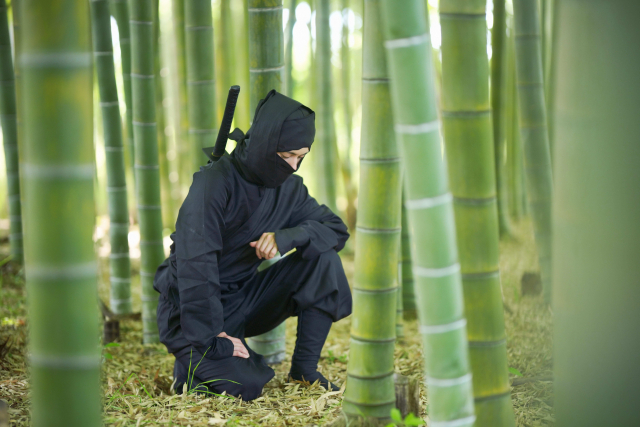
Many people imagine ninja as mysterious superheroes like those depicted in films and anime. But what were real Japanese ninja actually like?
Below, we explain whether ninja truly existed in Japan and how historical ninja differ from fictional portrayals.
Did Ninja Exist?
Ninja did exist in Japan. However, the term “ninja” only became widely used around 1955–1964; historically, they were generally called shinobi.
Their main mission was to gather intelligence on the enemy and report back to their lord. They avoided combat whenever possible, focusing on infiltration and information-gathering, then escaping alive—much like spies.
Today, although historical ninja no longer exist, there are performers who present themselves as ninja to promote ninja culture.
What Were Japanese Ninja?
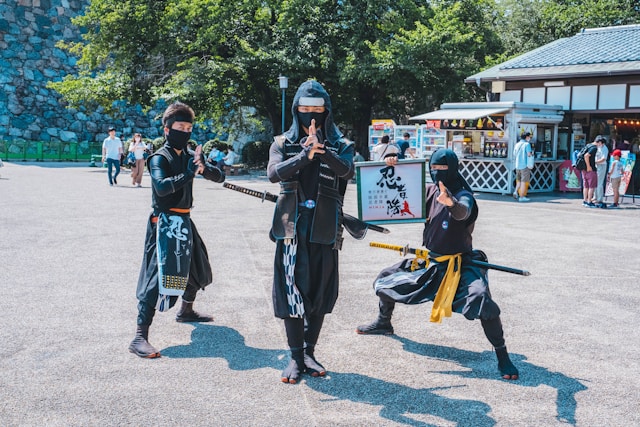
Outside Japan, ninja are commonly pictured as agents who carry out secret missions under cover of darkness dressed in black.
Historically, however, ninja refers to individuals or groups who practiced ninjutsu—a discipline that encompassed espionage, guerrilla warfare, survival techniques, disguise, and psychological manipulation. These figures were said to possess extensive knowledge, exceptional physical prowess, and even to employ esoteric rites—secretive spiritual or ritual practices believed to enhance stealth, ward off danger, or sharpen intuition.
These rites weren’t about physical armor or magic spells, but rather about spiritual and psychological safeguarding against detection, fear, or harm.
They often included spells, chants, or rituals (such as 護身法 / ごしんほう / goshinhō) to repel enemies or spiritual threats, as well as talismans, amulets, or written charms intended to “mask” one’s presence. Ninja trained in shugendō or esoteric Buddhist traditions were said to use such practices for:
- Invisibility (隠形術 / ongyōjutsu)
- Escape from pursuit
- Creating illusions or confusion
- Warding off misfortune or spiritual attack
These rituals were less about supernatural powers and more about achieving a psychological edge—using belief, discipline, and presence of mind to survive impossible missions.
Ninja were known by many names, including “shinobi”, as well as labels such as 乱波(らっぱ / rappa), 透波(すっぱ / suppa), 草(くさ / kusa), 奪口(だっこう / dakkō), and かまり (kamari).Typically, they infiltrated enemy domains while posing as ordinary people, conducting intelligence gathering, sabotage, and assassinations as their missions.
- 乱波(らっぱ / rappa): Ninja working in coastal or raiding groups, associated with physical disruption.
- 透波(すっぱ / suppa): Scout-type or infiltration specialists.
- 奪口(だっこう / dakkō): Entry/takeover operatives, especially at gates or enemy lines.
- かまり(kamari): More obscure — thought to relate to shadow operatives or those who provoke disorder.
The Real Thing vs. Fiction
Global popularity of ninja-themed movies and manga sparked an international ninja boom. As a result, many people picture ninja as superhuman figures who move silently at impossible speeds, leap over walls, and more.
In reality, there are key differences:
|
Real (historical) |
|
|
Fiction (pop culture) |
|
As you can see, real ninja favored evasion and relied on practical techniques, not flashy “ninjutsu” like in fiction.
Additionally, the esoteric rites attributed to ninja included practices such as kuji goshinhō—forming hand seals and reciting nine syllables—which functioned as a protective prayer to ward off misfortune.
History of Japan’s Ninja
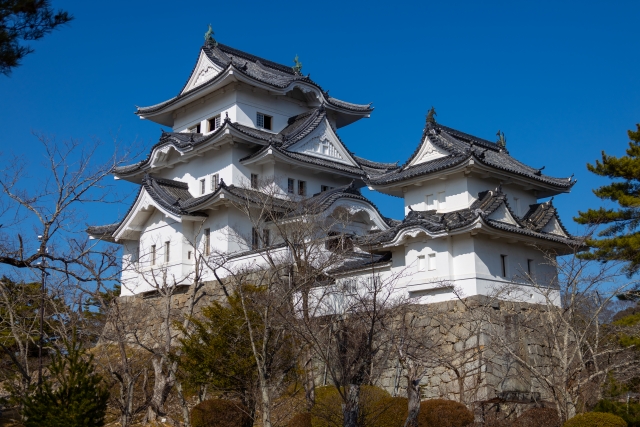
One account traces the origin of ninja to a retainer of Prince Shōtoku named Ōtomo (大伴細入), who was said to have been granted the title “shinobi” (志能便).
Historical sources also suggest that outlaws (akutō) who opposed the aristocracy in the late 13th century may have been among the origins of ninja.
The role of ninja changed over time. During the Sengoku period, when warfare was frequent, ninja were hired by powerful warlords to carry out intelligence gathering, sabotage, and assassinations.
With the start of the Edo period in 1603, open warfare declined. Ninja duties shifted away from sabotage toward detecting signs of rebellion and protecting important figures.
Later, as power passed to the Meiji government and formal organizations such as the police were established, ninja ultimately lost their sphere of activity.
Iga-ryū vs. Kōga-ryū: What’s the Difference?
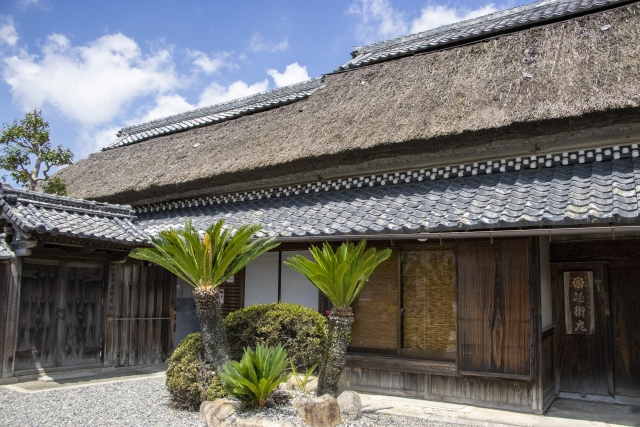
Japan had many schools of ninjutsu, but the two most famous are Iga-ryū and Kōga-ryū. Below is an overview of each.
What Is Iga-ryū?
Iga-ryū ninja are said to trace their roots to outlaws who honed independent combat techniques in resistance to estate lords (such as those of Tōdai-ji in Nara) during the Kamakura period.
Renowned for ninjutsu and combat ability, many Iga-ryū ninja were hired by warlords once the Sengoku period began in the 16th century, contributing to military campaigns.
Iga-ryū were also known for their skill in fire arts (pyrotechnics) and esoteric rites.
What Is Kōga-ryū?
Kōga-ryū is believed to have roots in Shugendō, a mountain ascetic tradition of spiritual training.
Active mainly around Kōka City and Shōnan City (甲賀市・湘南市) in present-day Shiga Prefecture, Kōga-ryū ninja possessed extensive knowledge of medicinal herbs found in the local mountains and excelled at intelligence work while posing as medicine peddlers.
In 1487, when they fought alongside their lords of the Rokkaku family against the Muromachi shogunate, they drew great attention for a tactic known as “Kameroku no Hō” (亀六ノ法), which caused significant trouble for shogunate forces.
★Also try reading:
12 of the Most Famous Samurai in Japanese History | Introducing Legendary Swordsmen and Warlords
Five Techniques Used by Ninja
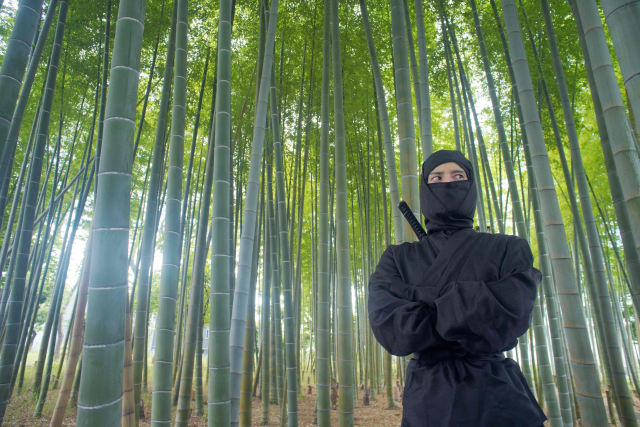
The five principal techniques were:
- Walking and running methods
- Classical swimming methods
- Shuriken-jutsu (throwing blades)
- Espionage techniques
- Concealment techniques
Below is an overview of each.
Walking and Running Methods
Examples include:
|
抜き足・差し足・忍び足 (ぬきあし・さしあし・しのびあし / nuki-ashi · sashi-ashi · shinobi-ashi) |
A three-step sequence for silent movement when sneaking in without making noise. |
|
犬走・狐走 (いぬばしり・きつねばしり / inu-bashiri · kitsune-bashiri) |
Progressing on all fours in tight spaces with height restrictions, such as under floors or in attic crawlspaces. |
|
深草兎歩 (しんそうとほ / shinsō-toho) |
A method for creaky floors: advancing with each foot placed on the hand to muffle floorboard sounds. |
|
忍歩 (しのびあるき / shinobi-aruki) |
An efficient long-distance gait moving the same-side hand and foot forward together to conserve energy. |
Using such patterns, ninja could move undetected on quiet nights and reportedly cover up to about 200 km in a day.
Classical Swimming Methods
Koshiki-eihō refers to traditional Japanese swimming styles that include not only surface swimming, but also diving and plunging techniques useful on the battlefield.
Because these methods reduced fatigue, ninja could buy time in the water until reinforcements arrived.
Shuriken-jutsu
A martial art using the quintessential ninja tool, the shuriken, for striking enemies or creating confusion to facilitate escape.
- Flat shuriken: spin-stabilized, fly steadily, and can be used with relatively little training.
- Spike shuriken: nail-like; to make the tip land first requires considerable practice.
Espionage Techniques
Since intelligence work was a primary mission, ninja refined methods of infiltration and listening.
They might infiltrate from nearby trees, through water channels, or scale walls and fences using only finger strength—skills that required rigorous training.
They also trained their hearing to catch faint, distant sounds and not miss conversations inside buildings.
Concealment Techniques (陰法)
To prepare for the possibility of being spotted by the enemy, they also practiced concealment techniques known as inpō (陰法, いんぽう / inpō). Some of the most commonly found examples of “ inpō ” are:
- 観音隠れ (かんのんがくれ / kannon-gakure)
Remaining motionless behind cover, standing upright without fidgeting. - 木の葉隠れ (このはがくれ / konoha-gakure)
Camouflaging oneself as part of the natural environment (e.g., among fallen leaves). - 楊枝隠れ (ようじがくれ / youji-gakure)
Flicking a toothpick to draw the enemy’s attention for a split second, then using that brief opening to hide.
What Are the Ninja’s “Seven Tools”?
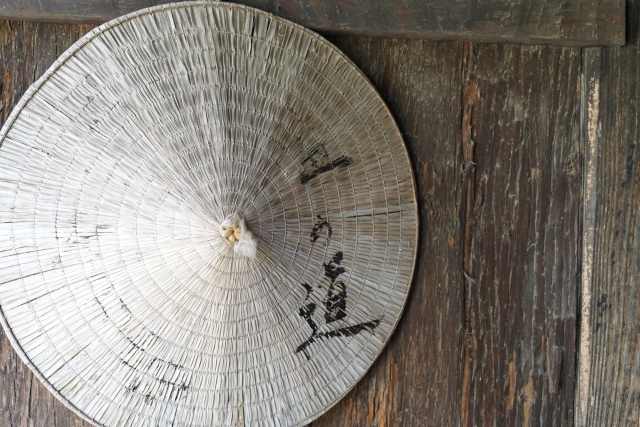
The seven essential tools were:
|
鉤縄 (kaginawa, grappling rope) |
A rope with a curved iron hook at the end, used to climb walls and fences. |
|
編笠 (amigasa, woven straw hat) |
A straw hat used to disguise oneself as a commoner and keep the face from being recognized. |
|
石筆 (sekihitsu, stone stylus) |
A stone-based writing implement whose marks could be erased easily, used to leave messages for comrades. |
|
薬 (kusuri, medicines/poisons) |
Items such as insect repellent, wound ointments, and poisons for assassination; also to maintain health during mountain operations. |
|
三尺手拭 (sanjaku tenugui, ~90 cm hand towel) |
A plain-woven cloth dyed with antiseptic pigments; used for filtering and disinfecting water or as a bandage. |
|
打竹 (uchidake, vented bamboo tube) |
A bamboo cylinder with air holes to store a slow match (hinawa) and provide fire when needed. |
|
錣 (shikoro, fine-toothed saw-like tool) |
A narrow, saw-shaped implement used, for example, to cut through prison fixtures during escape. |
These “seven tools” are listed in the Edo-period ninjutsu manual Shōninki, as the minimum kit a ninja should carry.
Japan’s Most Famous Ninja
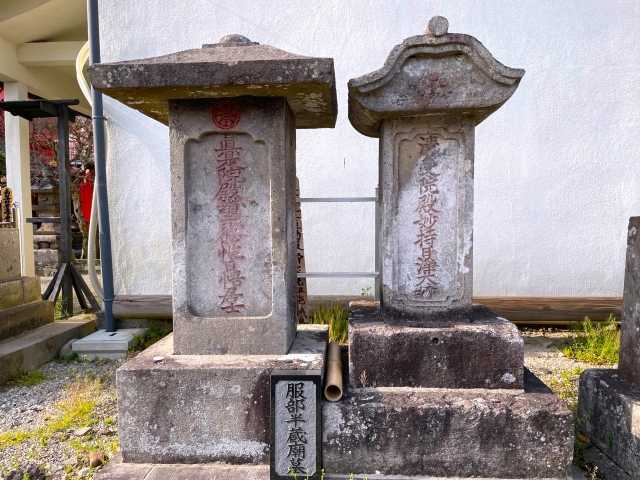
Perhaps the best-known ninja is Hattori Hanzō, who served the Tokugawa family.
In fact, “Hattori Hanzō” was a hereditary name borne by successive heads of the Hattori family, so there were several historical figures with that name.
Among them, the second Hattori Hanzō, Hattori Masanari (服部正成), is the most famous: he distinguished himself in his first campaign at age 16 with a successful night raid, and went on to achieve many feats under Tokugawa Ieyasu.
Where to Experience Ninja in Japan
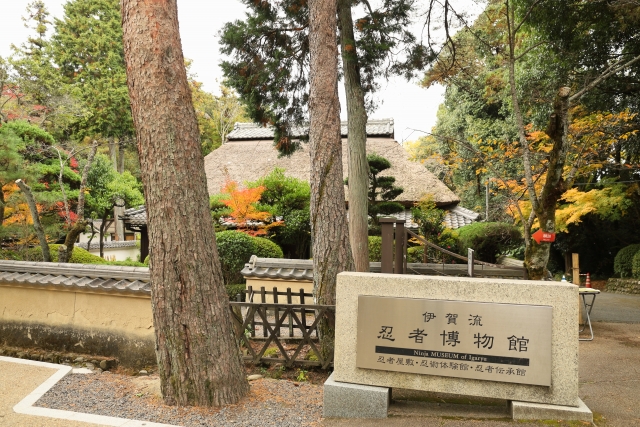
Two representative places to experience ninja culture are:
|
Iga-ryū Ninja Museum (Mie Prefecture) |
A museum boasting the world’s largest collection of ninjutsu materials. You can see authentic ninja tools, enjoy live demonstrations, and even try shuriken throwing. |
|
Kōga-ryū Ninjutsu Yashiki (Shiga Prefecture) |
An authentic residence once used by Kōga ninja, where you can experience the hidden mechanisms of a real ninja house. |
Both facilities offer a realistic, hands-on look at historical ninja, so be sure to visit when you’re in Japan.
★Also try reading:
What Makes Japanese Castles So Fascinating? An Introduction to Highlights for Castle-Hopping and the Differences from Western Castles
Conclusion: Japan’s Ninja
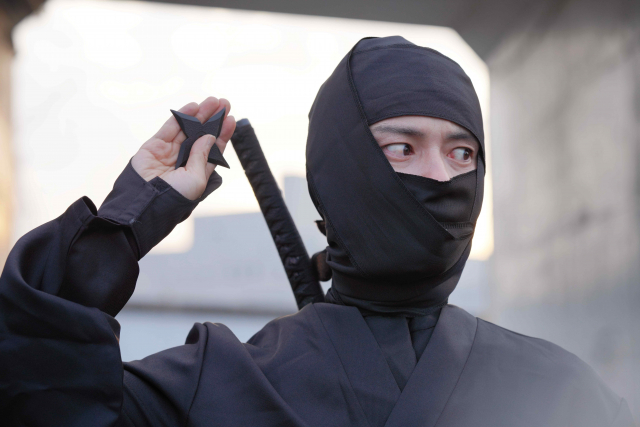
Historical ninja were not superhuman stars like in fiction. Instead, they excelled in espionage and survival, putting to use trained techniques and specialized tools.
If this has sparked your interest in ninja and Japanese culture—and you’d like to start learning the language—why not study online with Oku Sensei’s Japanese?
At Oku Sensei’s Japanese, teachers with 20+ years of University teaching experience support you toward rapid, practical Japanese acquisition, making it ideal even for beginners who feel “Japanese seems difficult.”
Right now, we’re also offering a free 30-minute consultation—be sure to check it out!


